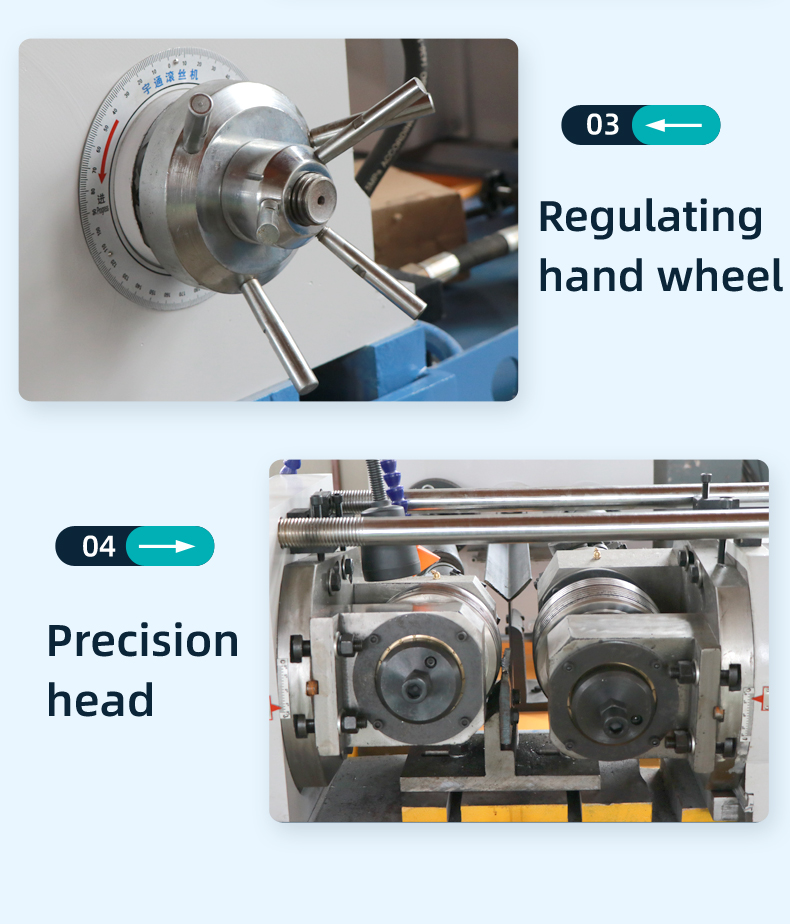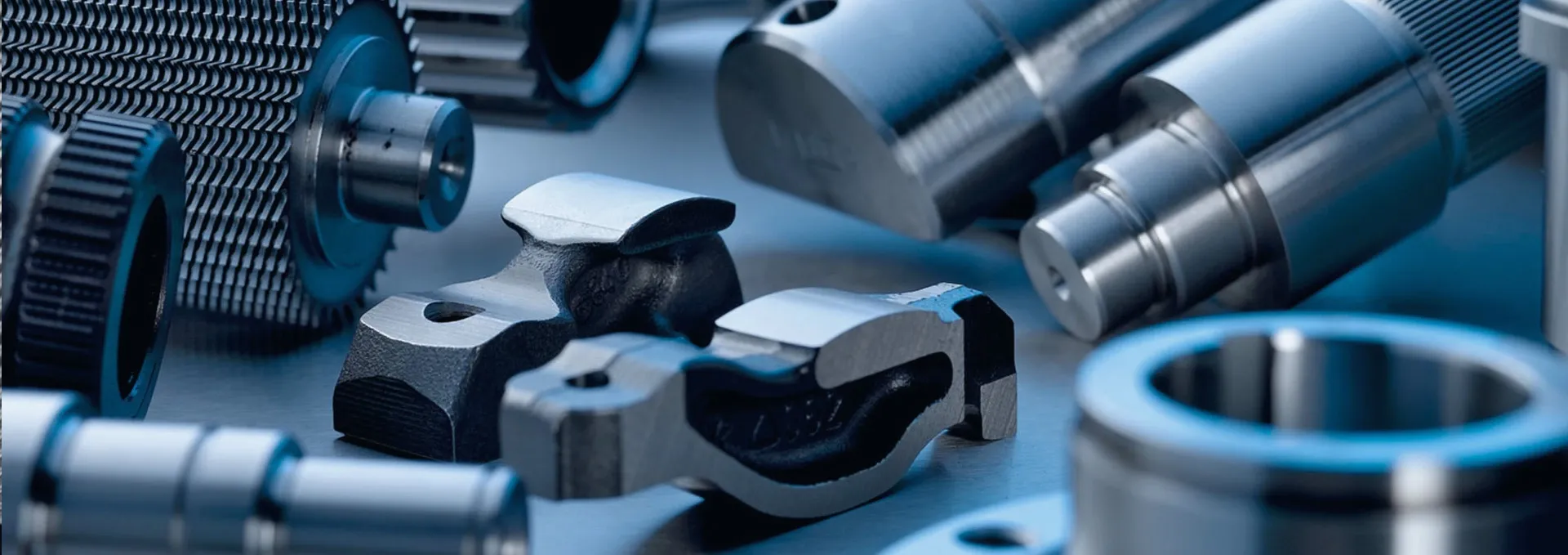
-
 Afrikaans
Afrikaans -
 Albanian
Albanian -
 Amharic
Amharic -
 Arabic
Arabic -
 Armenian
Armenian -
 Azerbaijani
Azerbaijani -
 Basque
Basque -
 Belarusian
Belarusian -
 Bengali
Bengali -
 Bosnian
Bosnian -
 Bulgarian
Bulgarian -
 Catalan
Catalan -
 Cebuano
Cebuano -
 Corsican
Corsican -
 Croatian
Croatian -
 Czech
Czech -
 Danish
Danish -
 Dutch
Dutch -
 English
English -
 Esperanto
Esperanto -
 Estonian
Estonian -
 Finnish
Finnish -
 French
French -
 Frisian
Frisian -
 Galician
Galician -
 Georgian
Georgian -
 German
German -
 Greek
Greek -
 Gujarati
Gujarati -
 Haitian Creole
Haitian Creole -
 hausa
hausa -
 hawaiian
hawaiian -
 Hebrew
Hebrew -
 Hindi
Hindi -
 Miao
Miao -
 Hungarian
Hungarian -
 Icelandic
Icelandic -
 igbo
igbo -
 Indonesian
Indonesian -
 irish
irish -
 Italian
Italian -
 Japanese
Japanese -
 Javanese
Javanese -
 Kannada
Kannada -
 kazakh
kazakh -
 Khmer
Khmer -
 Rwandese
Rwandese -
 Korean
Korean -
 Kurdish
Kurdish -
 Kyrgyz
Kyrgyz -
 Lao
Lao -
 Latin
Latin -
 Latvian
Latvian -
 Lithuanian
Lithuanian -
 Luxembourgish
Luxembourgish -
 Macedonian
Macedonian -
 Malgashi
Malgashi -
 Malay
Malay -
 Malayalam
Malayalam -
 Maltese
Maltese -
 Maori
Maori -
 Marathi
Marathi -
 Mongolian
Mongolian -
 Myanmar
Myanmar -
 Nepali
Nepali -
 Norwegian
Norwegian -
 Norwegian
Norwegian -
 Occitan
Occitan -
 Pashto
Pashto -
 Persian
Persian -
 Polish
Polish -
 Portuguese
Portuguese -
 Punjabi
Punjabi -
 Romanian
Romanian -
 Russian
Russian -
 Samoan
Samoan -
 Scottish Gaelic
Scottish Gaelic -
 Serbian
Serbian -
 Sesotho
Sesotho -
 Shona
Shona -
 Sindhi
Sindhi -
 Sinhala
Sinhala -
 Slovak
Slovak -
 Slovenian
Slovenian -
 Somali
Somali -
 Spanish
Spanish -
 Sundanese
Sundanese -
 Swahili
Swahili -
 Swedish
Swedish -
 Tagalog
Tagalog -
 Tajik
Tajik -
 Tamil
Tamil -
 Tatar
Tatar -
 Telugu
Telugu -
 Thai
Thai -
 Turkish
Turkish -
 Turkmen
Turkmen -
 Ukrainian
Ukrainian -
 Urdu
Urdu -
 Uighur
Uighur -
 Uzbek
Uzbek -
 Vietnamese
Vietnamese -
 Welsh
Welsh -
 Bantu
Bantu -
 Yiddish
Yiddish -
 Yoruba
Yoruba -
 Zulu
Zulu
જૂન . 15, 2024 21:33
Back to list
Thread rolling a versatile manufacturing technique.
Exploring the Diverse World of Thread Rolling Techniques
The art of thread rolling, a precision metal forming process, stands at the forefront of modern manufacturing. This technique, which involves compressing and deforming materials to create threads, offers significant advantages over traditional cutting methods. By understanding the two main types of thread rolling processes—axial and radial—we can appreciate the versatility and efficiency inherent in this advanced technology.
Axial thread rolling, also known as straight thread rolling, is typically utilized for producing internal threads. In this method, two hardened steel dies move parallel to the axis of the workpiece. They compress the material, plastically deforming it to form the thread profile. The process is repeated until the desired depth and precision of the thread are achieved. Axial thread rolling is favored for its ability to produce threads with high surface quality and excellent physical properties, such as increased fatigue strength due to work hardening.
On the other hand, radial thread rolling, or planetary thread rolling, is employed for external threads. It involves three or more dies that move in a planetary motion around the circumference of the workpiece It involves three or more dies that move in a planetary motion around the circumference of the workpiece It involves three or more dies that move in a planetary motion around the circumference of the workpiece It involves three or more dies that move in a planetary motion around the circumference of the workpiece
It involves three or more dies that move in a planetary motion around the circumference of the workpiece It involves three or more dies that move in a planetary motion around the circumference of the workpiece odm types of thread rolling. As the dies rotate and press against the material, they create the thread form without any chip removal. This method is particularly effective for long pieces or large batch productions, offering high throughput rates and consistent results.
Both methods offer distinct benefits. Axial rolling is ideal for tight tolerances and complex geometries, while radial rolling excels in rapid production and uniformity across longer lengths. The selection between these techniques often depends on the application's specific requirements, such as thread size, part configuration, and material properties.
In conclusion, thread rolling presents an innovative solution to the age-old challenge of thread creation. Whether through axial or radial means, it delivers superior mechanical properties and enhanced production efficiency. As we continue to push the boundaries of manufacturing, the sophistication of thread rolling techniques promises to propel us toward even more intricate and reliable fastening solutions.
odm types of thread rolling. As the dies rotate and press against the material, they create the thread form without any chip removal. This method is particularly effective for long pieces or large batch productions, offering high throughput rates and consistent results.
Both methods offer distinct benefits. Axial rolling is ideal for tight tolerances and complex geometries, while radial rolling excels in rapid production and uniformity across longer lengths. The selection between these techniques often depends on the application's specific requirements, such as thread size, part configuration, and material properties.
In conclusion, thread rolling presents an innovative solution to the age-old challenge of thread creation. Whether through axial or radial means, it delivers superior mechanical properties and enhanced production efficiency. As we continue to push the boundaries of manufacturing, the sophistication of thread rolling techniques promises to propel us toward even more intricate and reliable fastening solutions.
 It involves three or more dies that move in a planetary motion around the circumference of the workpiece It involves three or more dies that move in a planetary motion around the circumference of the workpiece
It involves three or more dies that move in a planetary motion around the circumference of the workpiece It involves three or more dies that move in a planetary motion around the circumference of the workpiece odm types of thread rolling. As the dies rotate and press against the material, they create the thread form without any chip removal. This method is particularly effective for long pieces or large batch productions, offering high throughput rates and consistent results.
Both methods offer distinct benefits. Axial rolling is ideal for tight tolerances and complex geometries, while radial rolling excels in rapid production and uniformity across longer lengths. The selection between these techniques often depends on the application's specific requirements, such as thread size, part configuration, and material properties.
In conclusion, thread rolling presents an innovative solution to the age-old challenge of thread creation. Whether through axial or radial means, it delivers superior mechanical properties and enhanced production efficiency. As we continue to push the boundaries of manufacturing, the sophistication of thread rolling techniques promises to propel us toward even more intricate and reliable fastening solutions.
odm types of thread rolling. As the dies rotate and press against the material, they create the thread form without any chip removal. This method is particularly effective for long pieces or large batch productions, offering high throughput rates and consistent results.
Both methods offer distinct benefits. Axial rolling is ideal for tight tolerances and complex geometries, while radial rolling excels in rapid production and uniformity across longer lengths. The selection between these techniques often depends on the application's specific requirements, such as thread size, part configuration, and material properties.
In conclusion, thread rolling presents an innovative solution to the age-old challenge of thread creation. Whether through axial or radial means, it delivers superior mechanical properties and enhanced production efficiency. As we continue to push the boundaries of manufacturing, the sophistication of thread rolling techniques promises to propel us toward even more intricate and reliable fastening solutions. Share:
Latest news
Thread Rolling Machine: A Critical Tool for Industrial Metal Forming
NewsMay.06,2025
Thread Rolling Machine Suppliers
NewsMay.06,2025
Scaffolding Pipe Thread Rolling Machine
NewsMay.06,2025
Hydraulic Thread Rolling Machine Manufacturers
NewsMay.06,2025
High Speed Thread Rolling Machine
NewsMay.06,2025
Automatic Thread Rolling Machine
NewsMay.06,2025
